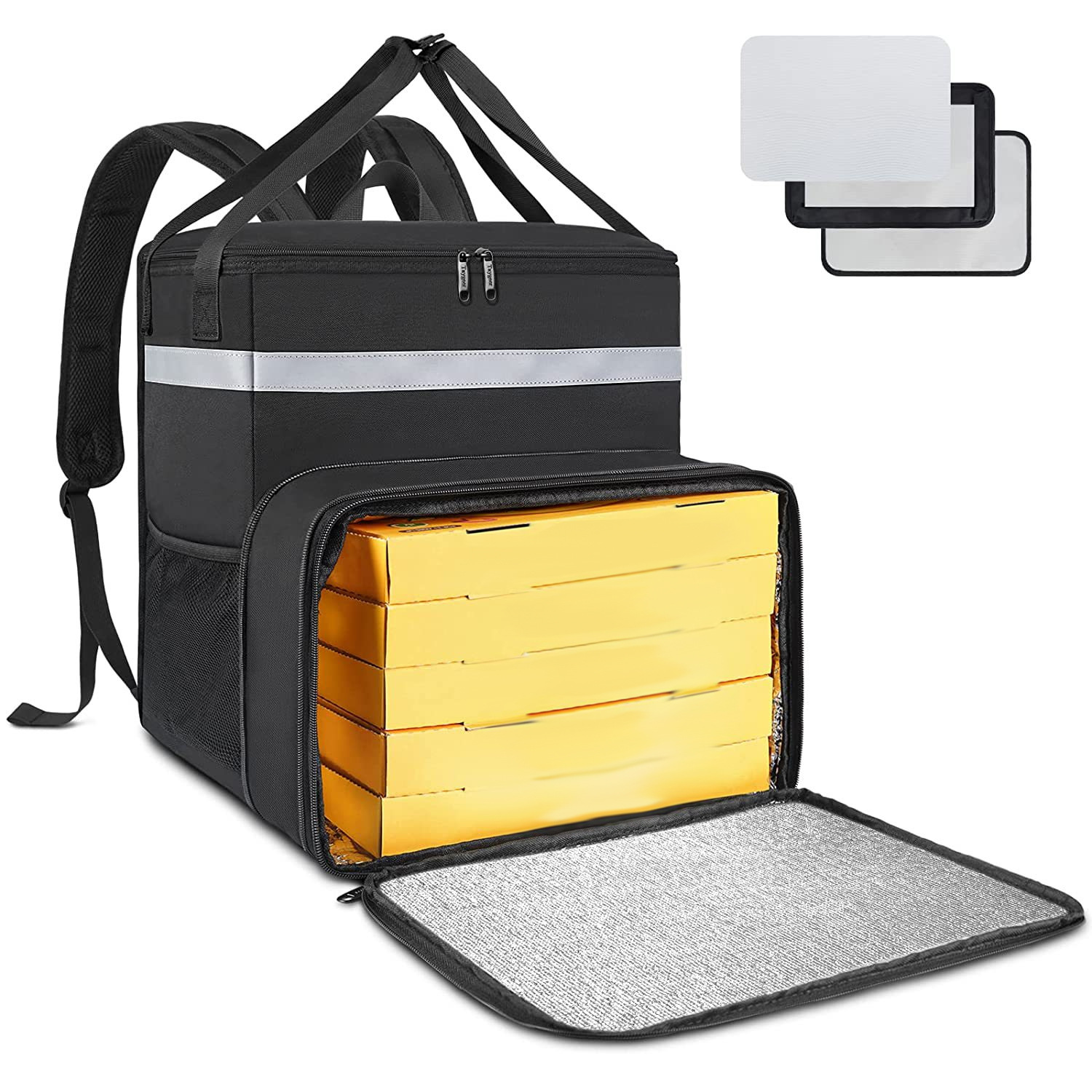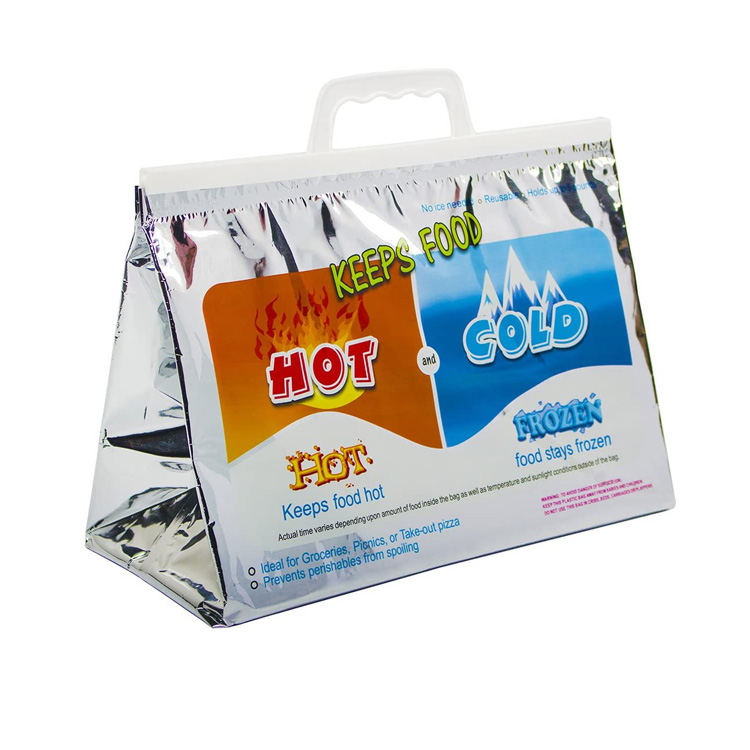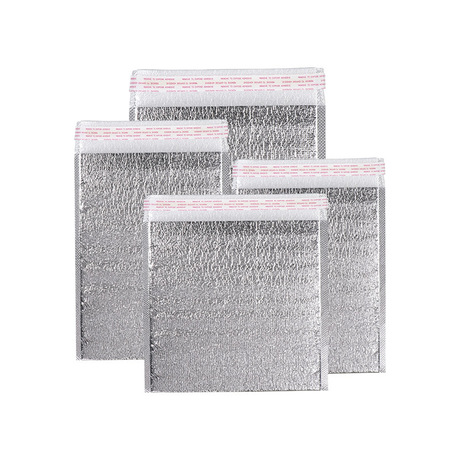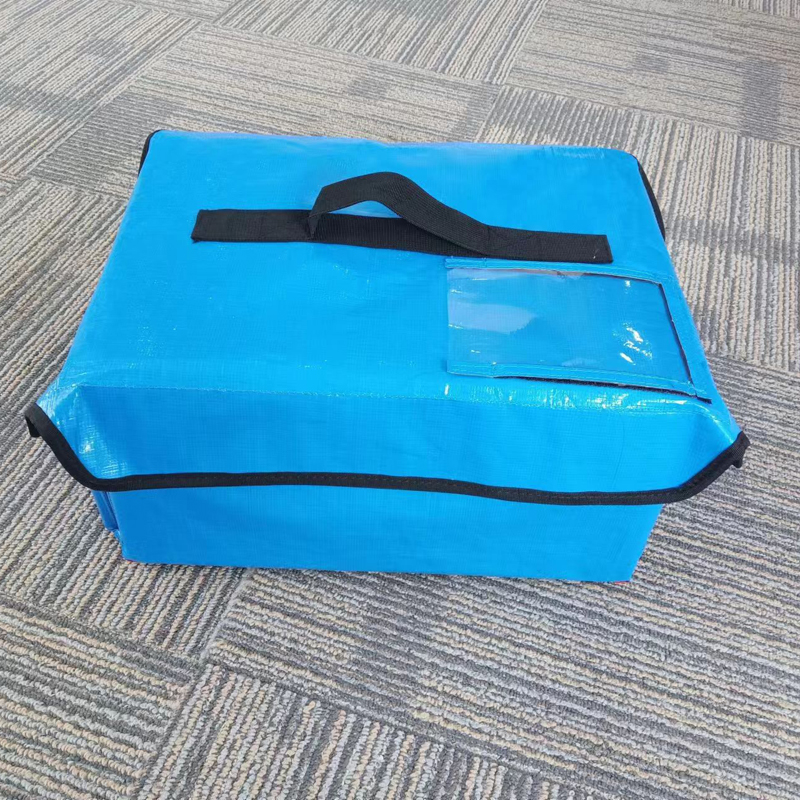The application of phase change materials (PCMs) in multiple industries indicates that they have broad potential and clear future development prospects. These materials are highly valued for their ability to absorb and release a large amount of heat during phase transitions. The following are several key areas and prospects for the future development of phase change materials:
1. Energy efficiency and architecture
In the field of architecture, PCMs can be used as part of intelligent temperature control systems to reduce reliance on traditional heating and air conditioning. By integrating PCMs into building materials such as walls, roofs, floors, or windows, the thermal efficiency of buildings can be significantly improved, energy consumption can be reduced, and greenhouse gas emissions can be reduced. In the future, with the development of new and efficient phase change materials and the reduction of costs, this application may become more widespread.

2. Renewable energy systems
In renewable energy systems such as solar and wind energy, PCMs can serve as energy storage media to balance supply and demand. Misalnya, the thermal energy generated by solar energy harvesting systems during the day can be stored in PCMs and released at night or during peak demand. This helps to improve energy utilization efficiency and ensure the continuity of energy supply.
3. Temperature control of electronic products
As electronic devices become increasingly miniaturized and high-performance, heat dissipation has become a major challenge. PCMs can be used in electronic products such as computer processors and mobile devices to help manage thermal loads, extend device lifespan, and improve performance.

4. Textiles and Clothing
The application of PCMs in textiles also shows the possibility of expansion. PCMs integrated into clothing can regulate the wearer’s body temperature, improve comfort, and cope with extreme weather conditions. Misalnya, sportswear and outdoor equipment can use this material to maintain body temperature stability.
5. Healthcare
In the healthcare field, PCMs can be used to control the temperature of medical products (such as drugs and vaccines), ensuring their stability and effectiveness during transportation and storage. Selain itu, PCMs are also applied in therapeutic products, such as temperature controlled dressings for physical therapy.
6. Transportation
In food and chemical transportation, PCMs can be used to maintain goods within an appropriate temperature range, especially in scenarios that require cold chain logistics.
Future challenges and development directions:
Although PCMs have enormous potential for application, they still face some challenges in wider commercial applications, such as cost, environmental impact assessment, long-term stability, and compatibility issues. Future research will focus on developing more efficient, ramah lingkungan, and cost-effective PCMs, as well as improving integration methods for existing systems.
Selain itu, with the increasing global demand for energy conservation, emission reduction, and sustainable development, the research and application of phase change materials are expected to receive more financial support and market attention, promoting the rapid development and innovation of related technologies.























